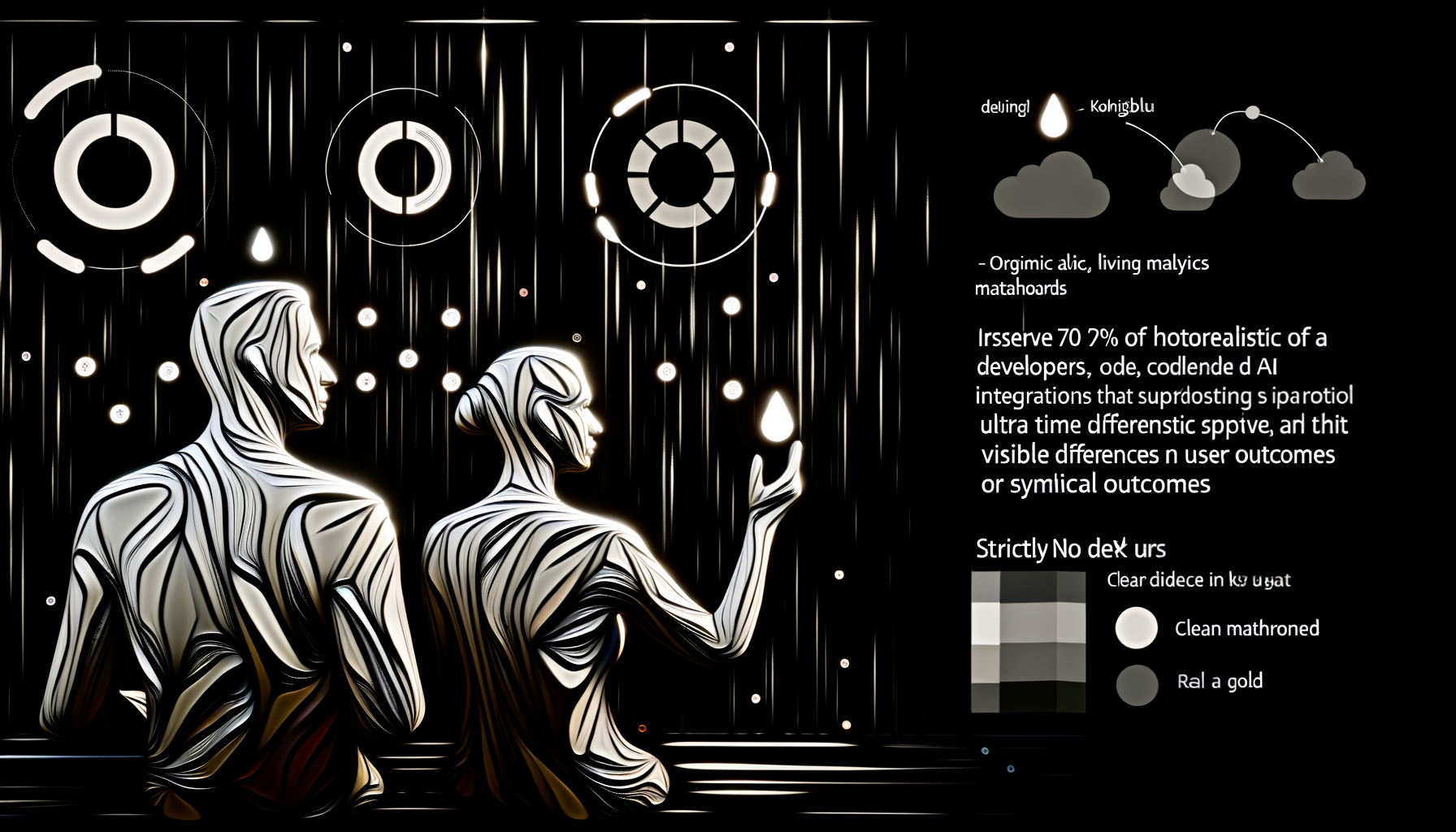Are the stats that rule AI really showing us progress—or hiding what truly matters? The way we measure artificial intelligence just took a wild detour. Don’t miss what’s about to happen next.
Introduction: Benchmarks—The Illusion of Certainty
For over a decade, the AI industry has been anchored in a singular narrative: progress equals better benchmark scores. Whether it was outperforming humans on ImageNet, conquering SQuAD, or acing SuperGLUE, AI models were stars for their numbers. But here’s a frank question—did those stats help anyone build more effective businesses, create valuable products, or deploy models with real-world impact?
2025 marks a monumental turning point. With the latest generation of foundation models—GPT-5, Gemini Ultra, Llama 4, and Claude 3 Opus—the field stands at a crossroads. Benchmark scores are no longer the finish line; instead, true comparability and success now revolve around usability, deployment agility, and the tangible outcomes these models enable in the real world.
An AI model with a perfect score in a lab but no real-world utility is like a sports car you can’t drive off the lot.
The Benchmark Trap: How We Got Here
Let’s look at why benchmarks held so much sway—and why their grip is finally slipping. Benchmarks offered something intoxicating: simple KPIs. They fueled leaderboards, cash prizes, VC pitches. Models were optimized for public datasets, not unpredictable, messy reality. The upsides were apparent, but under the surface, it set up a dangerous abstraction.
- Benchmarks created an easy, but incomplete, yardstick for progress
- They rewarded narrow intelligence and prompt overfitting
- They missed mission-critical gaps: robustness, context-awareness, domain alignment
- They did not account for end-user experience, integration complexity, or safety in live environments
Why This Fell Apart
By late 2024, cracks in benchmark-centric thinking became impossible to ignore:
- Major releases like GPT-5 scored only fractional improvements on benchmarks—yet delivered radical advancements in reasoning, customization, and fine-tuning stability.
- Enterprise and developer communities reported that “score leaders” often lagged behind in daily workflow performance, reliability, or cost-to-deploy.
- Market adoption split from leaderboard status. Models that ranked lower on tests powered mission-critical pipelines and products due to workflow fit and real-world ROI.
What Real-World Usability Actually Means
How do we define real-world usability for AI? It’s a complex equation, blending human-centric design, engineering adaptability, and the lived reality of business operations. Some of the factors that truly matter now:
- Deployment Flexibility: Can the model run locally, in the cloud, on-premises, and in hybrid stacks?
- Developer & Integration Friendliness: How easy is it to customize and fine-tune for proprietary use cases?
- Responsiveness & Consistency: Is performance stable under fluctuating, ambiguous, or adversarial inputs?
- Energy & Cost Efficiency: What are the operational costs in production, not just training?
- End-User Experience: Are outputs actionable, transparent, and aligned with user needs in live workflows?
- Safety, Alignment, and Governance: Does the model comply with regulatory and audit needs—the things benchmarks ignore but enterprises can’t?
Case Examples: Beyond the Scoreboard
Consider a multinational legal firm testing AI assistants. GPT-5 and Claude 3 offer near-identical benchmark scores on legal QA datasets. Yet, in deployment:
- GPT-5 integrates smoothly with existing document management systems, offering fine-tuned retrieval and summarization tailored to regional compliance standards.
- Claude 3, with higher raw reasoning scores, stumbles in integrating with proprietary file types. Output latency is unpredictable in live settings, frustrating staff and users.
Which model adds value? Which one will the firm keep paying for? Benchmark scores look increasingly irrelevant here.
Industry Analysis: Why Giants Are Changing Strategy
OpenAI, Google, Meta, and Anthropic are no longer touting just their leaderboard prowess. Internal priorities, hiring, and roadmap focus have visibly shifted to:
- Developer toolkits and SDKs for rapid prototyping
- Enterprise-focused APIs for easier scaling
- Robustness and reliability under complex, mixed-language, and multi-modal inputs
- Plug-and-play compatibility with existing tech stacks, from SAP to Salesforce
Partnerships and big-client deals now highlight real-world outcomes, not just published papers. AI’s future growth depends on escaping the benchmark trap—not beating the next high score.
The Developer’s Dilemma: Choosing What Works, Not What’s Hype
For CTOs, product managers, or indie hackers in 2025, the decision is clear:
- Does the model integrate with my stack?
- Can I fine-tune, monitor, and control it based on my business needs?
- How reliable are outputs—especially for edge cases and mission-critical flows?
- What’s the total cost of ownership in my production reality?
No benchmark sheet can answer these questions. The only meaningful measure is what actually works in your environment, for your users.
The future of AI model evaluation isn’t a universal leaderboard—it’s a radically personalized scorecard, optimized for context, domain, and need.
Practical Steps: Rethinking Your Own AI Evaluation
- Pilot with Real Data: Don’t rely on vendor-reported stats. Get models in a sandboxed setting with your workflows and your quirks.
- Prioritize Integration: Compatibility with your stack is non-negotiable. Check developer guides, SDKs, extensibility.
- Emphasize User Feedback: Internal and end-user feedback on output quality beats leaderboard deltas.
- Track Operational Metrics: Cost, speed, throughput, and failure rates in your context are now core KPIs.
- Don’t Ignore Governance: Even the most accurate model can sink your project if it can’t meet compliance or audit demands.
What This Means for the Future of AI
The shift away from benchmarks isn’t a loss—it’s a massive upgrade. It ends the monoculture of number-chasing and opens the field to:
- Deeper human-AI collaboration
- Customizable, domain-specific solutions
- Better risk management
- True democratization of AI innovation
For those still obsessing over single-number leaderboards: you are measuring the wrong reality. In 2025 and beyond, the only numbers that matter are those moving your user, your business, and your mission forward.
The scoreboard of the future is built in the wild—not in the lab.





